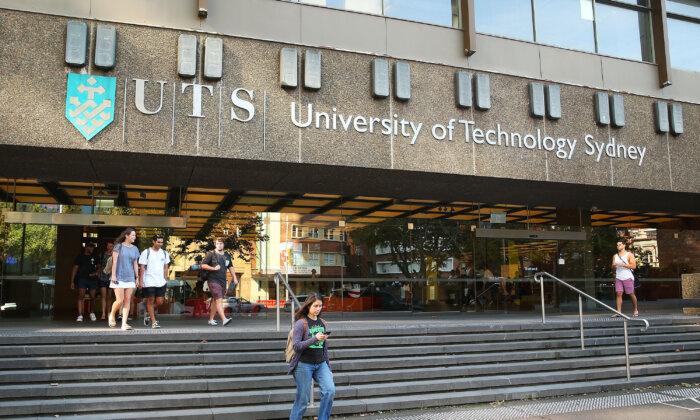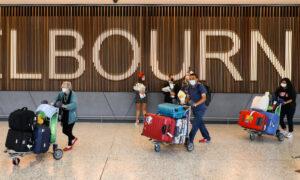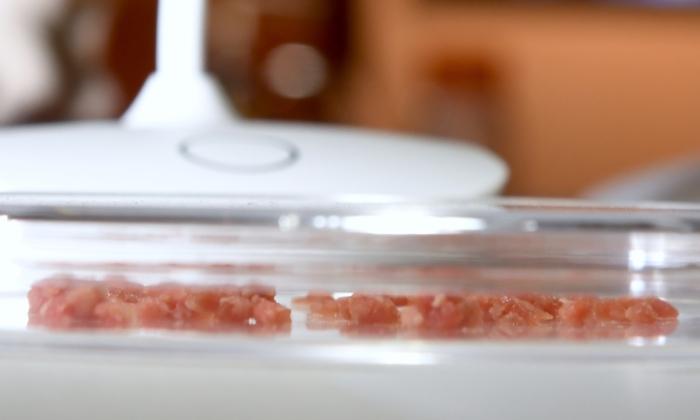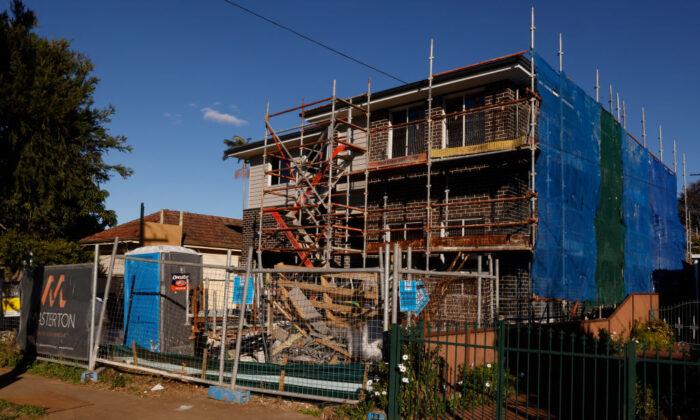Arrivals of international students in Australia have increased in August but have not yet returned to pre-COVID levels.
A total of 48,770 international students arrived in Australia in August, which is 8,120 students higher compared with the same month of the previous year, according to the Australian Bureau of Statistics (ABS). The recent data is 11.3 percent lower than pre-COVID levels seen in August 2019.
ABS said that 28,140 of the students will take up higher education programs while 10,180 will get vocational education and training. Postgraduate research international students amounted to 2,430.
Meanwhile, the peak university body, Universities Australia, said that despite the large number of international students in Australia, only 28 percent of them use their post-study rights and only 16 percent become permanent residents.
“Students from over 140 countries continue to choose Australia for the world-class education they receive at our universities, yet so few remain here beyond their studies,” Universities Australia CEO Catriona Jackson.
“Our current visa system deters rather than encourages these talented people to stay and use their Australian education in the area they have studied. The Albanese Government’s new migration strategy can and should address this.”
Ms. Jackson noted that Australia is facing skills shortages, which the homegrown population alone cannot address. Due to this, the government needed to fix the visa system to make it more accessible for international students to gain entry into Australia’s workforce, especially in sectors facing skills shortages.
“International students play a key role in our skills mix and complement our homegrown workforce, contributing significantly to our economy and strengthening the communities they join,” Ms. Jackson said.
Jobs and Skills Australia (JSA) said earlier in a report that 36 percent of occupations evaluated are in national shortage, 5 percent higher than the skills priority list in 2022.
According to the report, aged and disabled carers were the largest employing occupation found to be in shortage, followed by retail manager, primary school teacher, and secondary school teacher.
Truck drivers, electricians, child care workers, sales and marketing managers, carpenters, and chefs are also among the top 20 largest employing occupations in shortage.
Also included in the list are waiter, motor mechanic, solicitor, fitter, construction project manager, marketing specialist, software engineer, hairdresser, general practitioner, and project builder.
JSA identified the opportunity to develop a roadmap to improve the prospects of international students playing a significant role in enhancing Australia’s skills profile as permanent migrants.
Australia Tightens Rules for International Students
In an Oct. 11 speech, Minister for Education Jason Clare said that the federal government has already launched specific measures to protect the welfare of international students.The measures include reimplementing the work hours cap for international students, now at 48 hours per fortnight up from 40 hours per fortnight pre-pandemic. During the pandemic, the government allowed international students to have unlimited working hours.
“That was the first step in reducing the lure of getting a student visa as a backdoor just to work here,” Mr. Clare said.
He also noted that the government has increased the required amount of savings to get a visa, to $24,505. An applicant must present to prove capability to sustain oneself and not be subjected to exploitation.
“This will mean that students coming to Australia can better support themselves, and won’t face increased risk of exploitation because they urgently need a job,” the education minister said.






